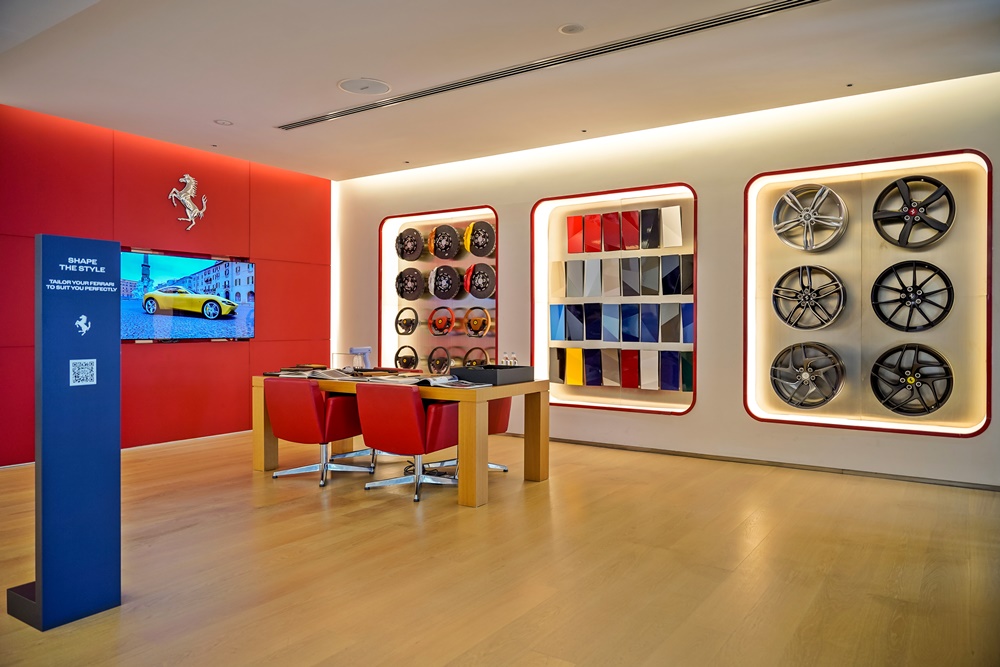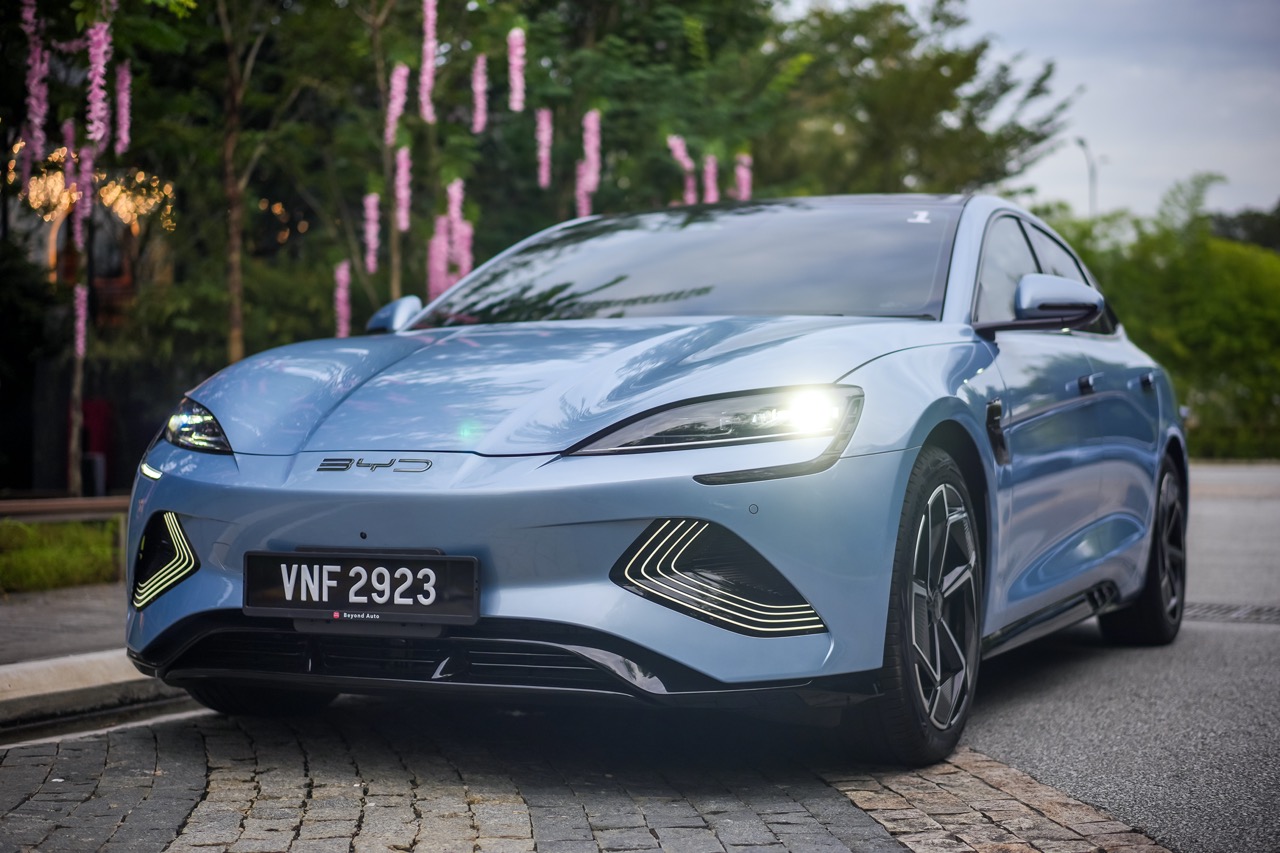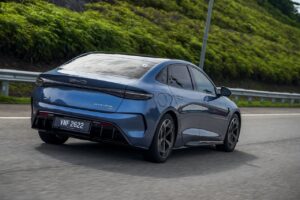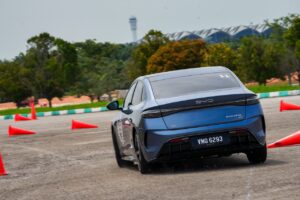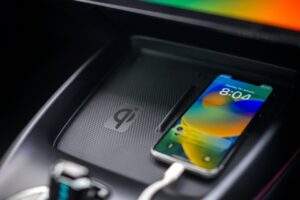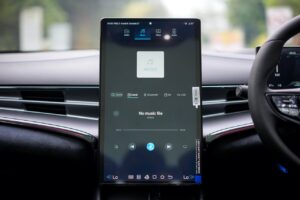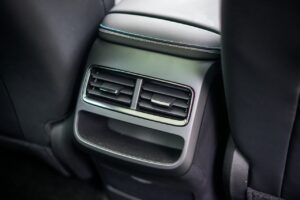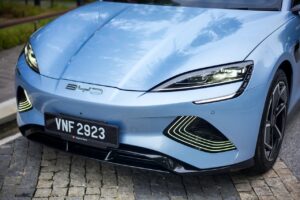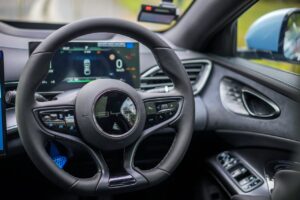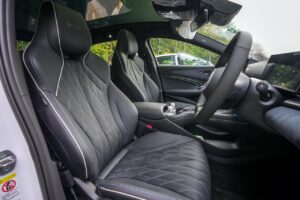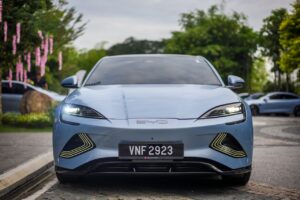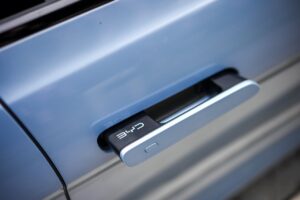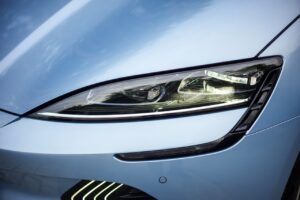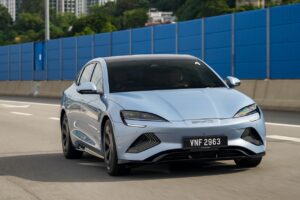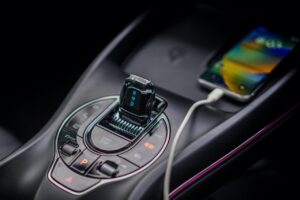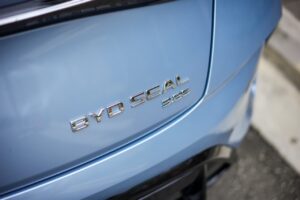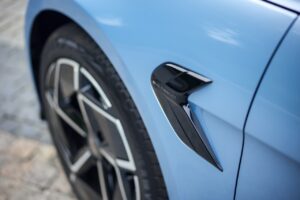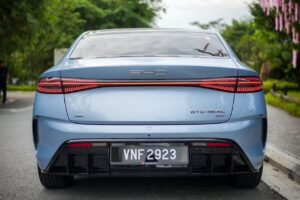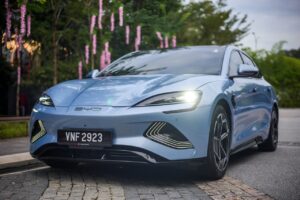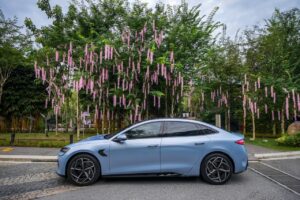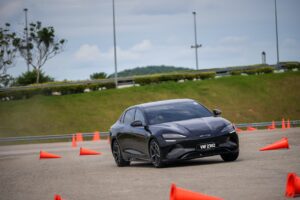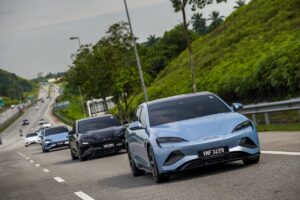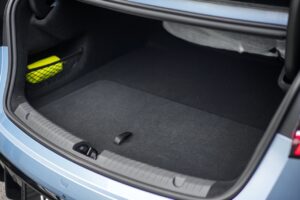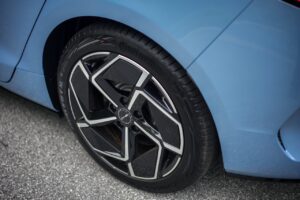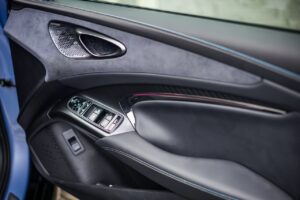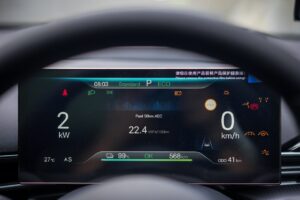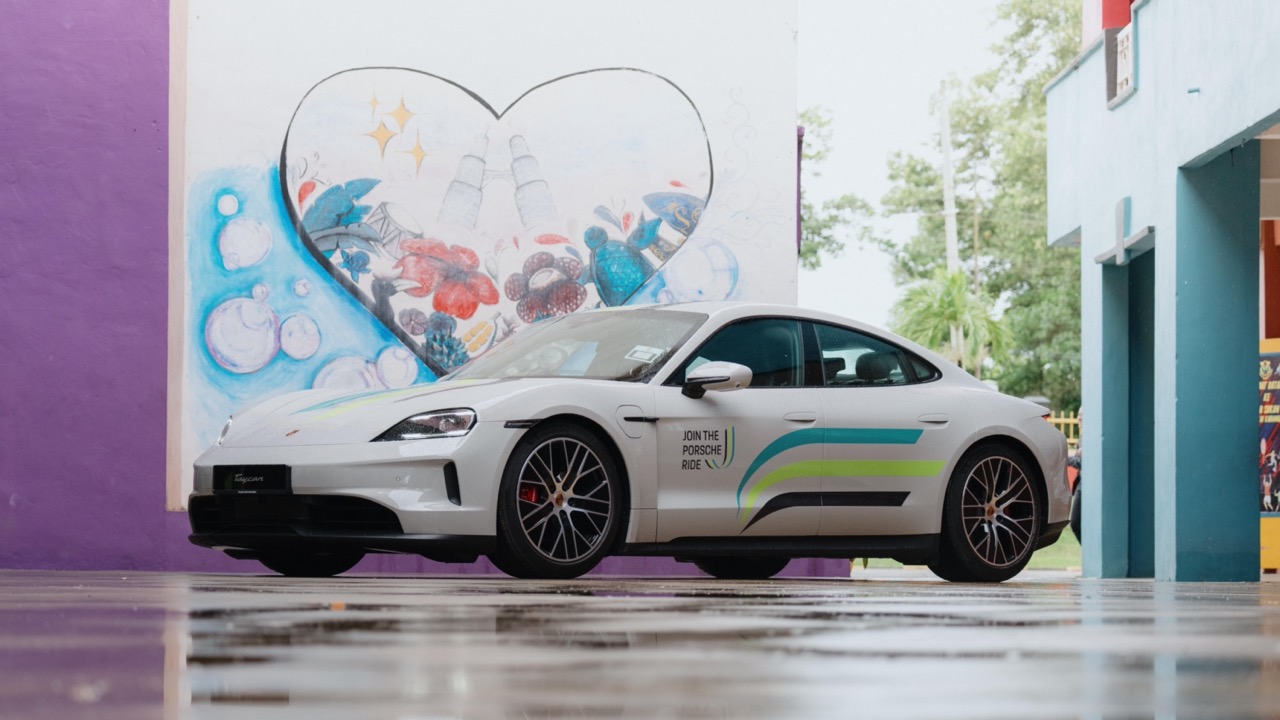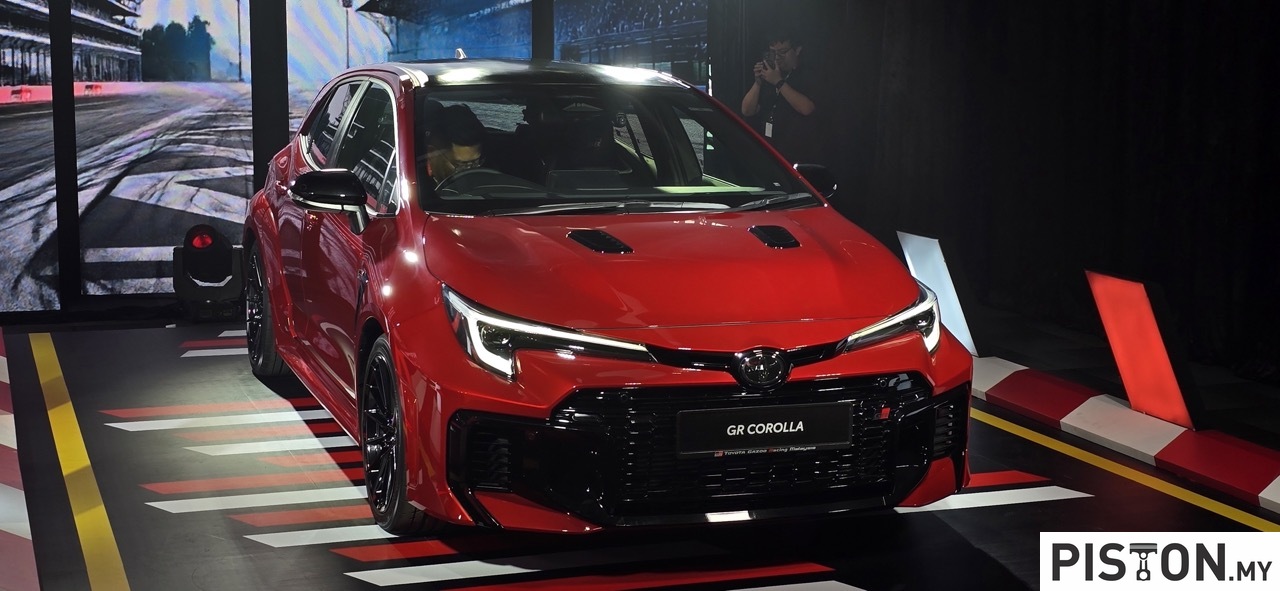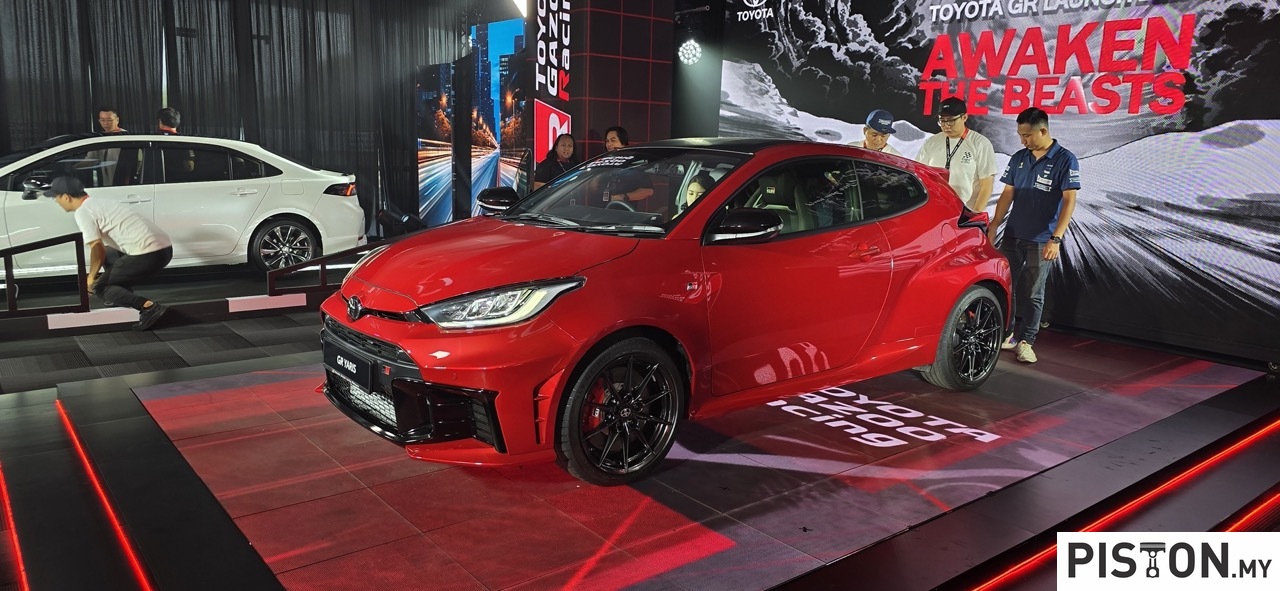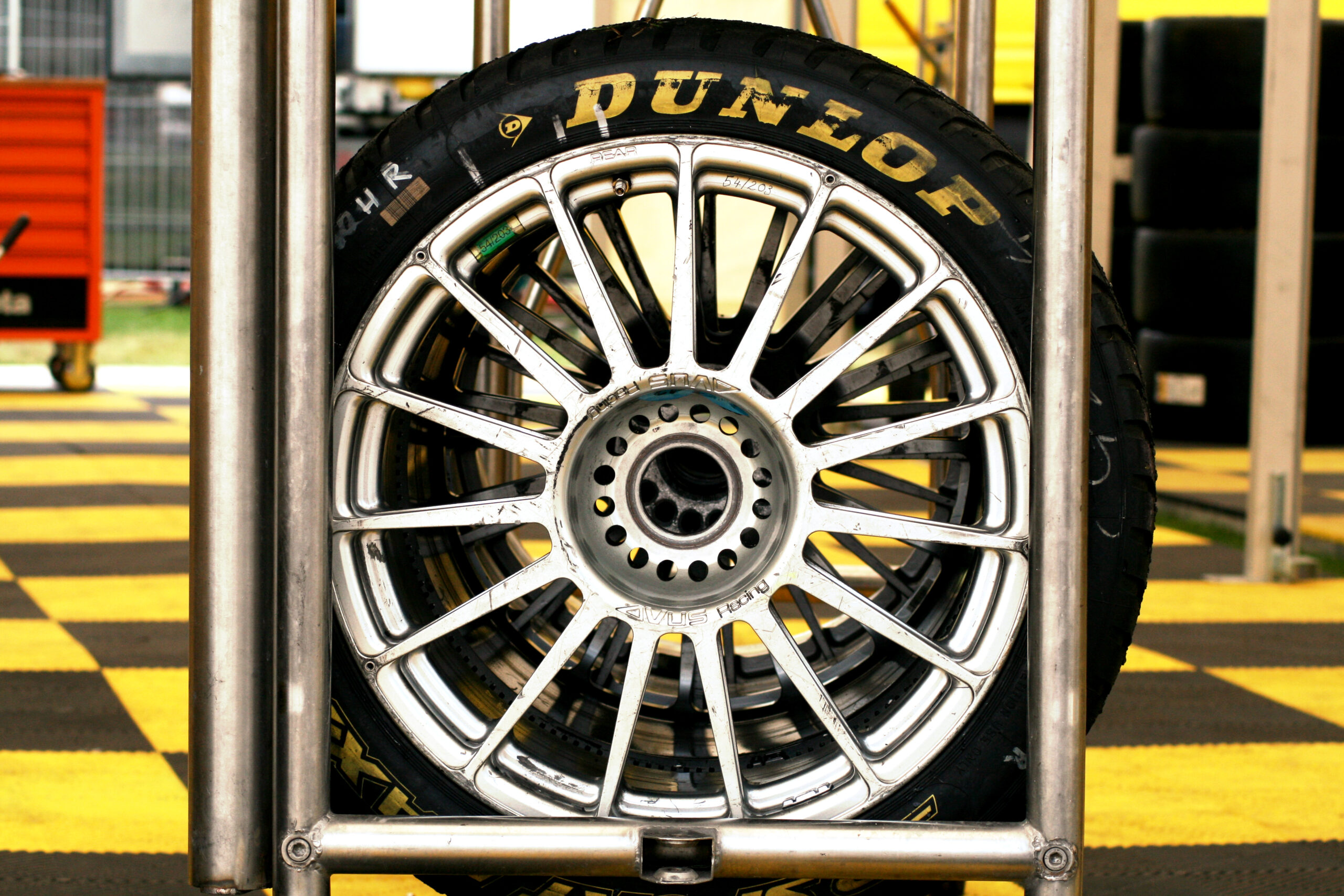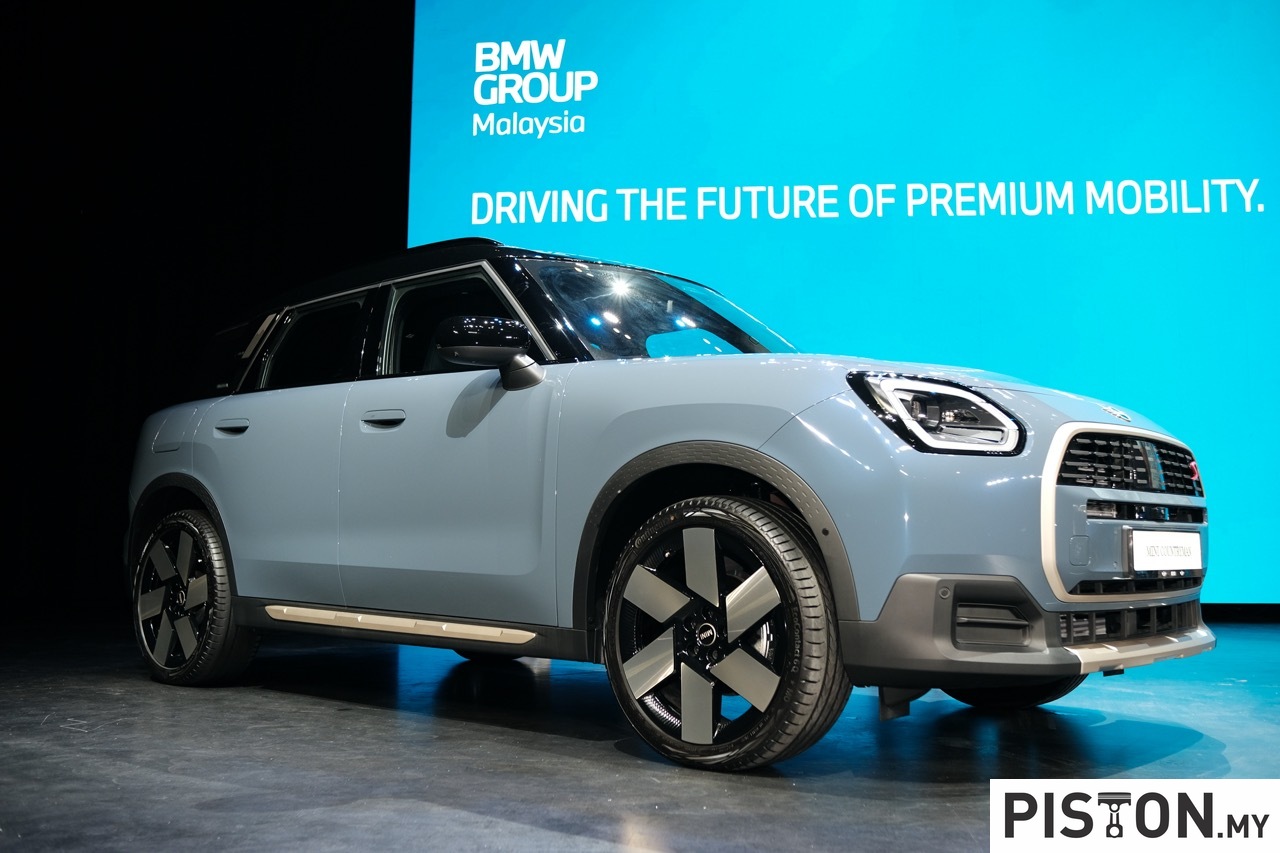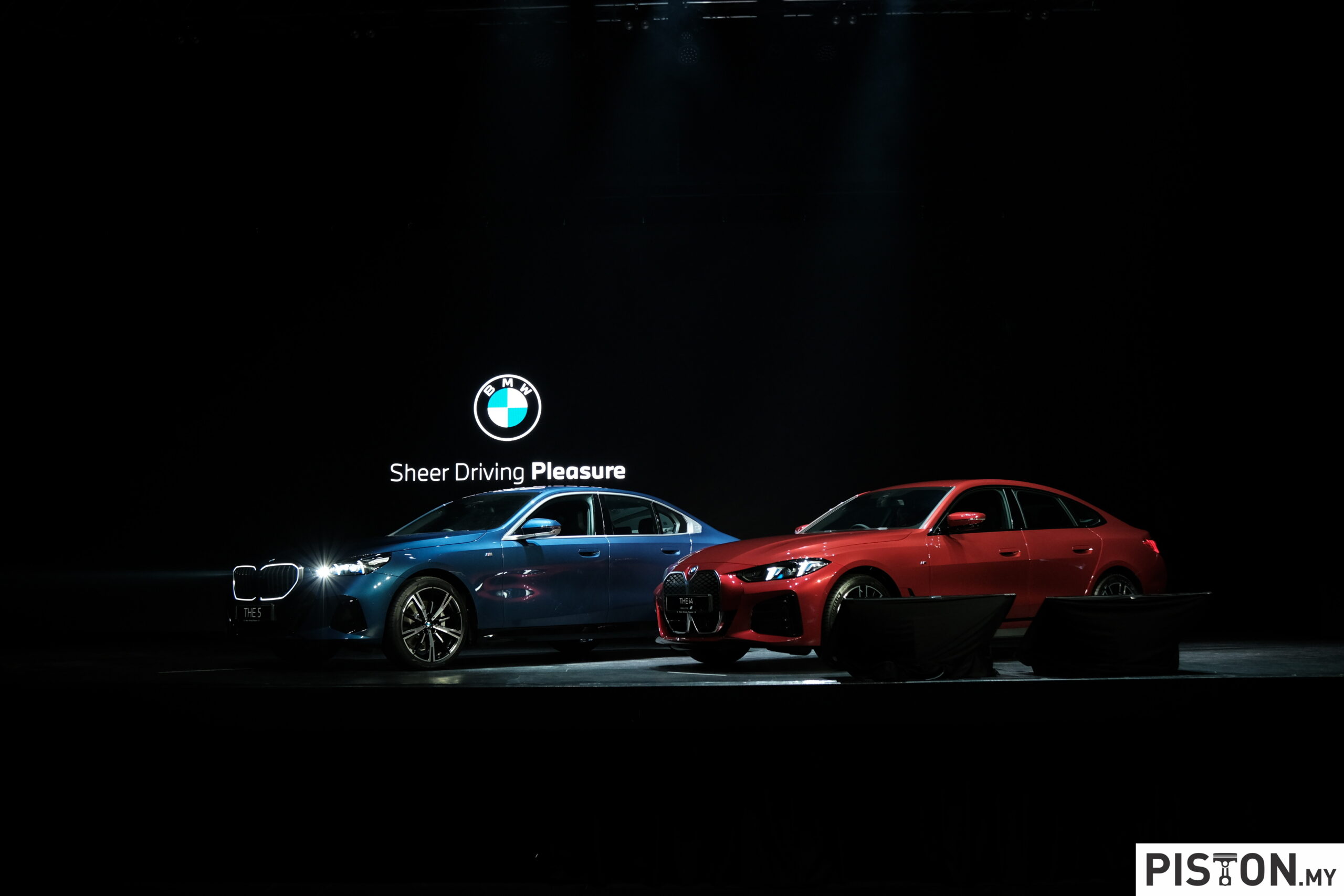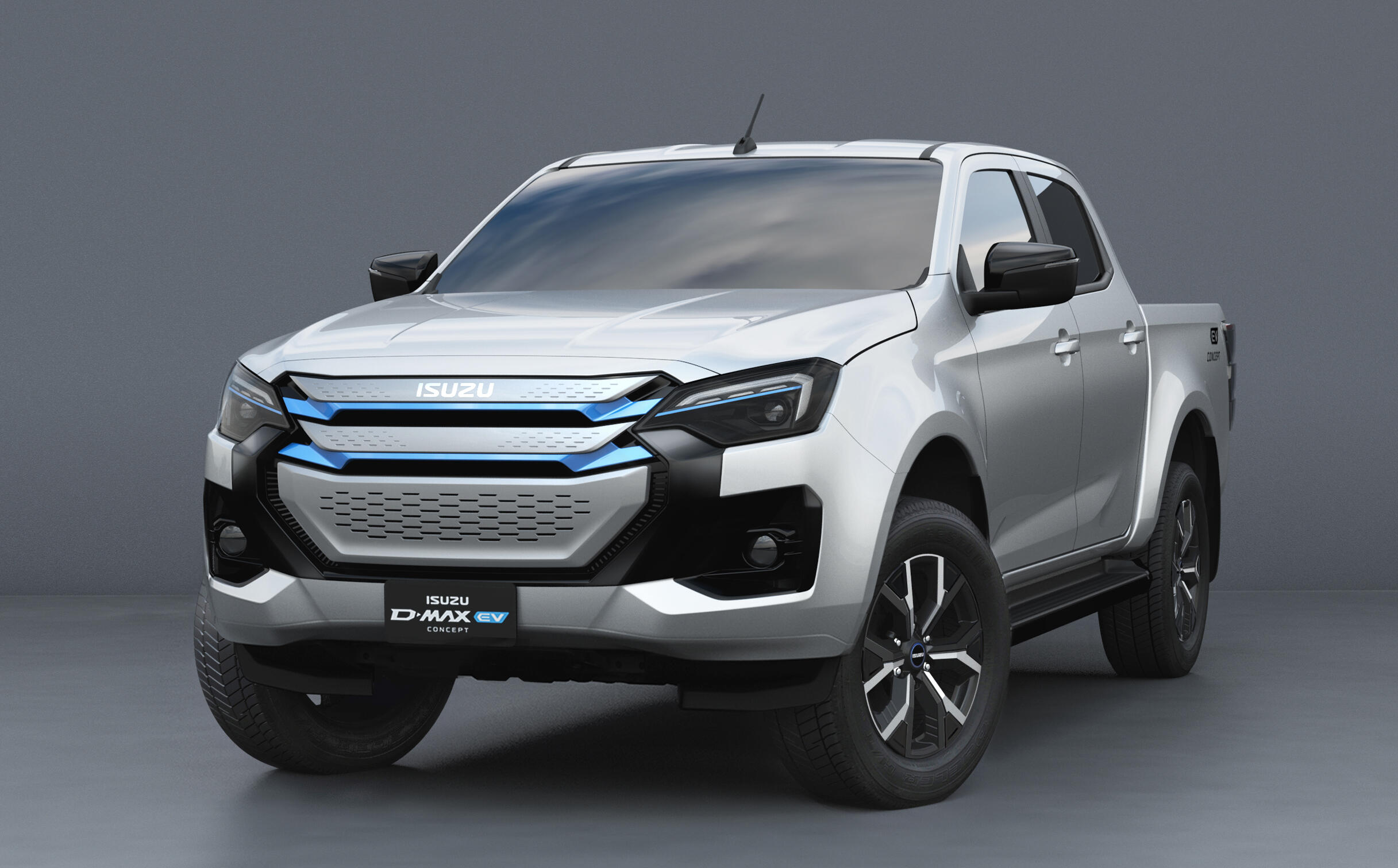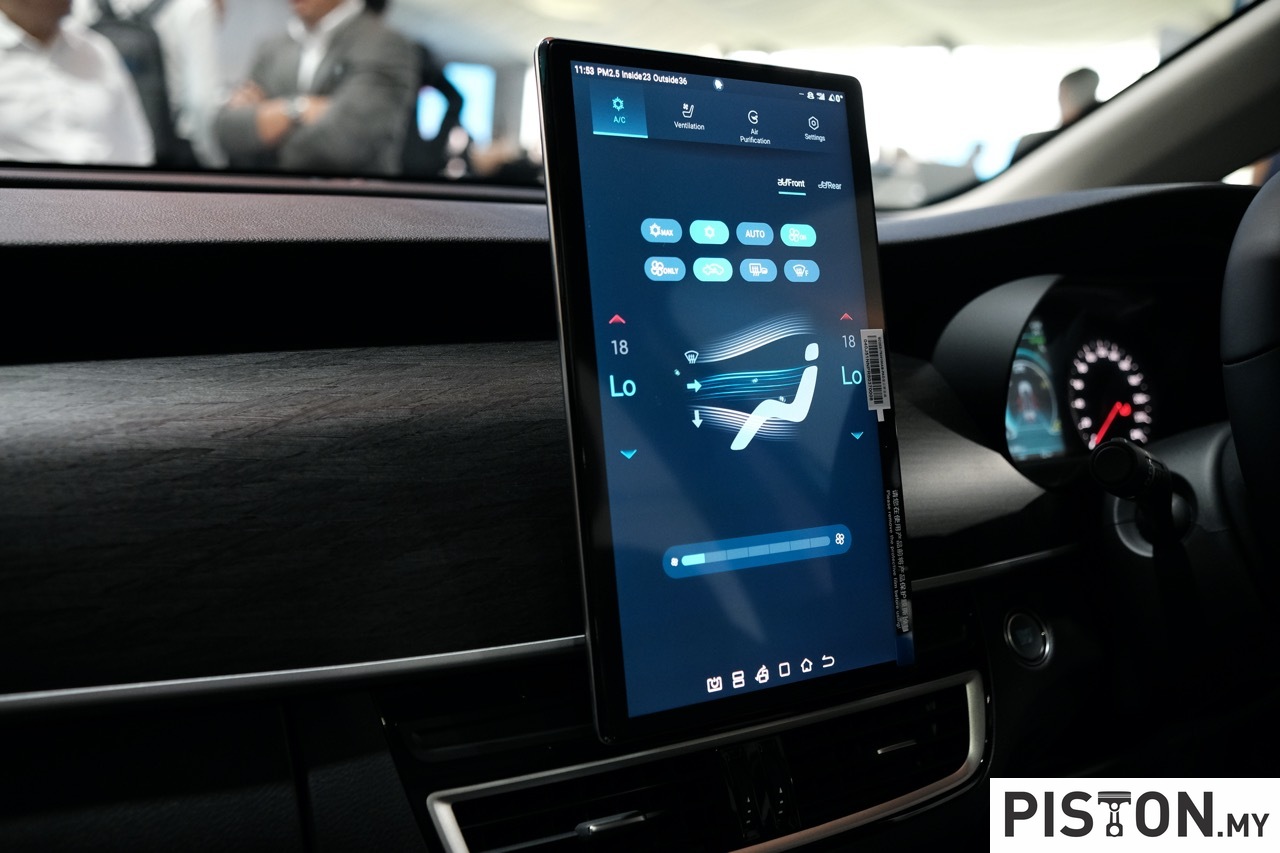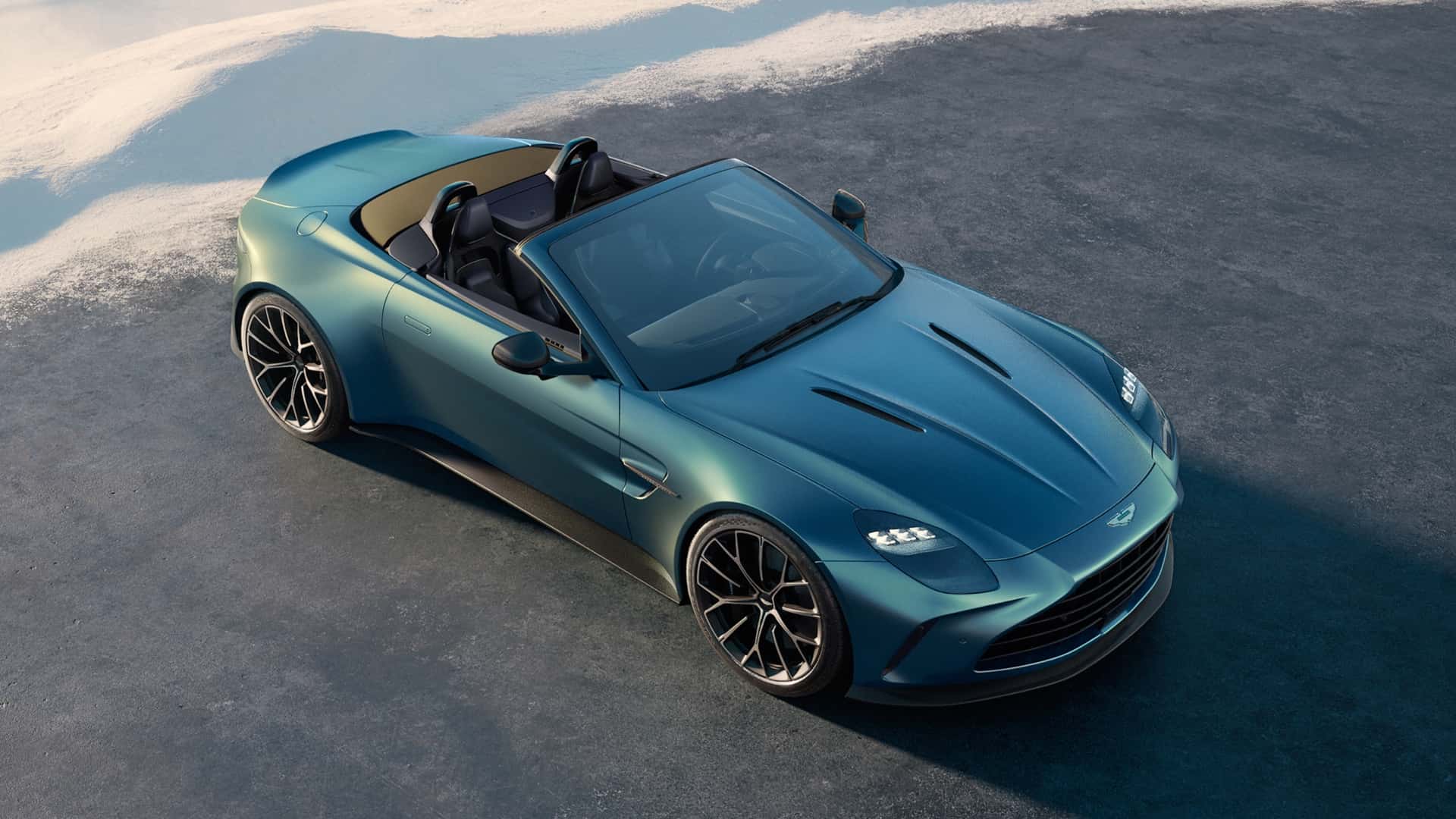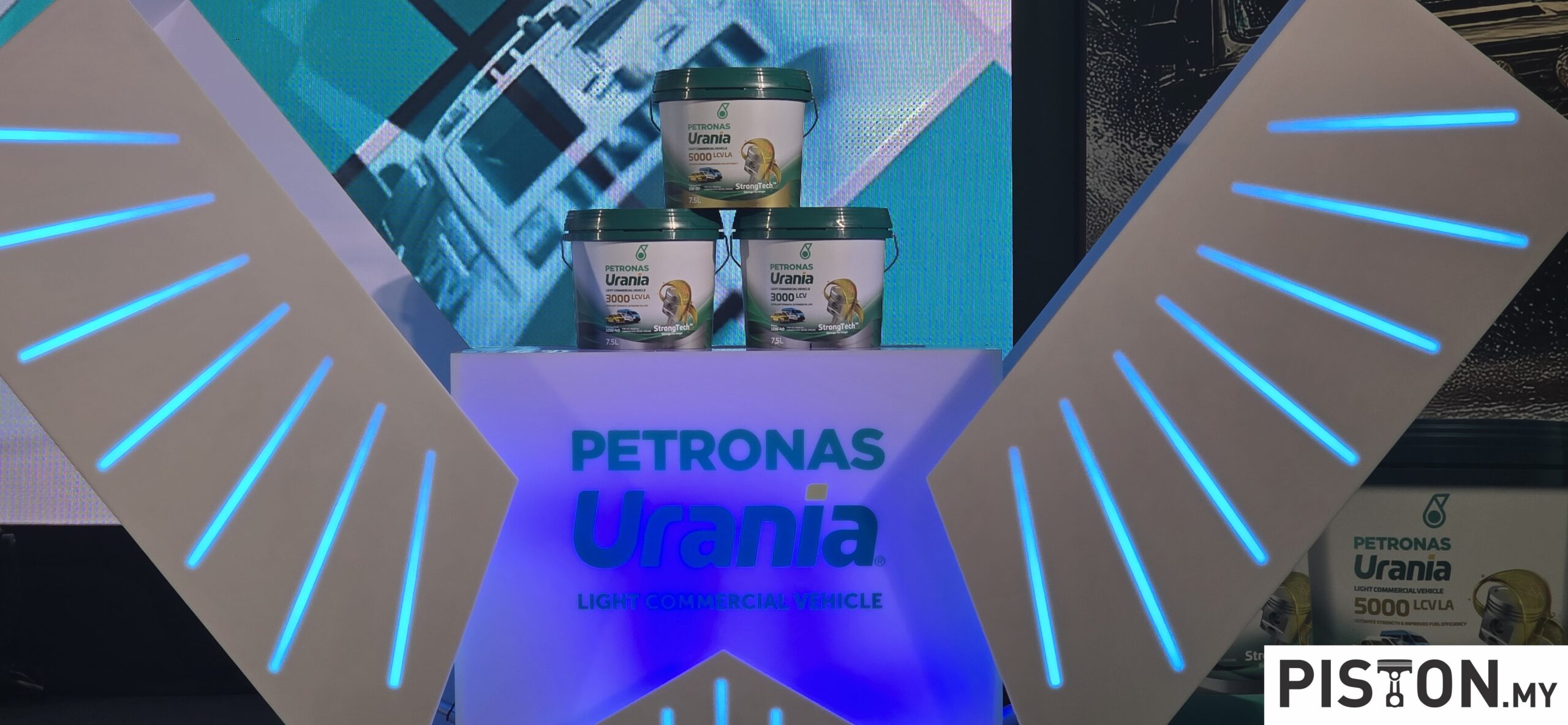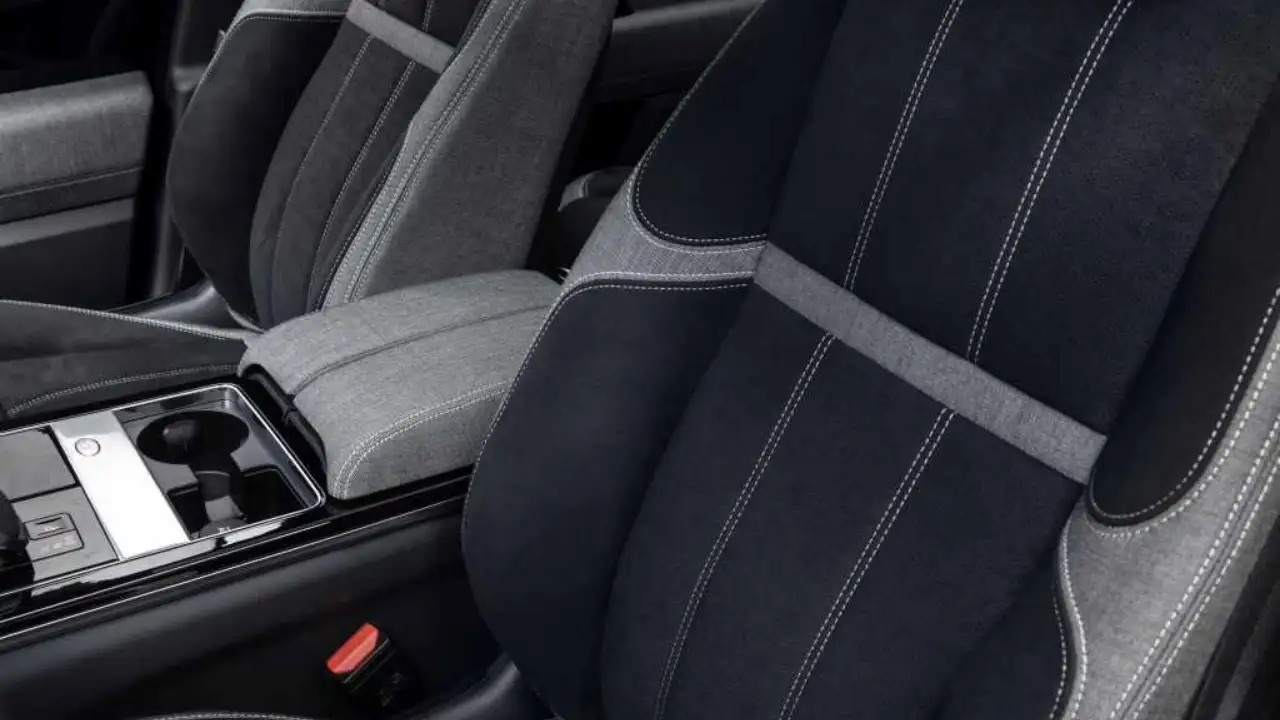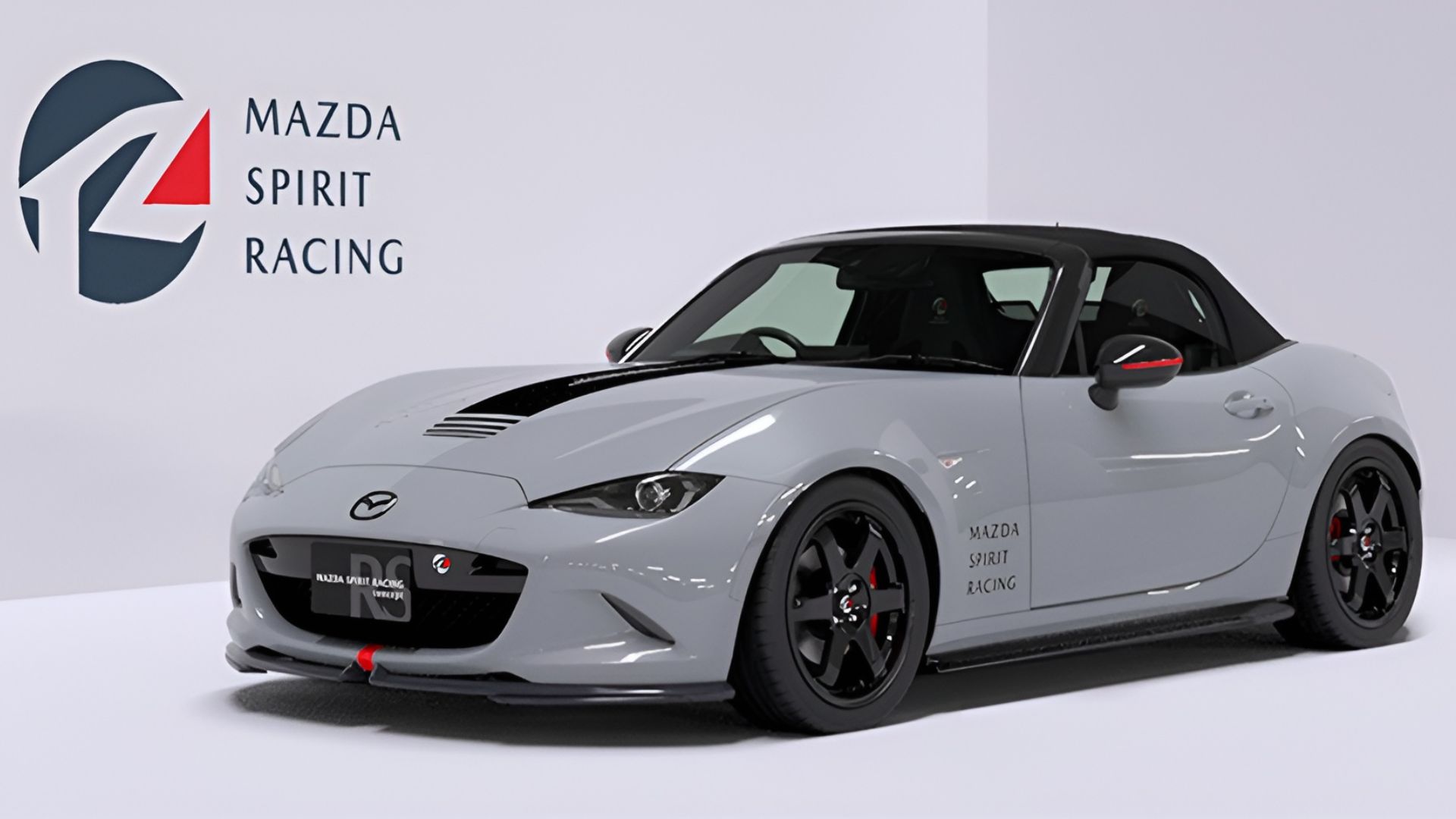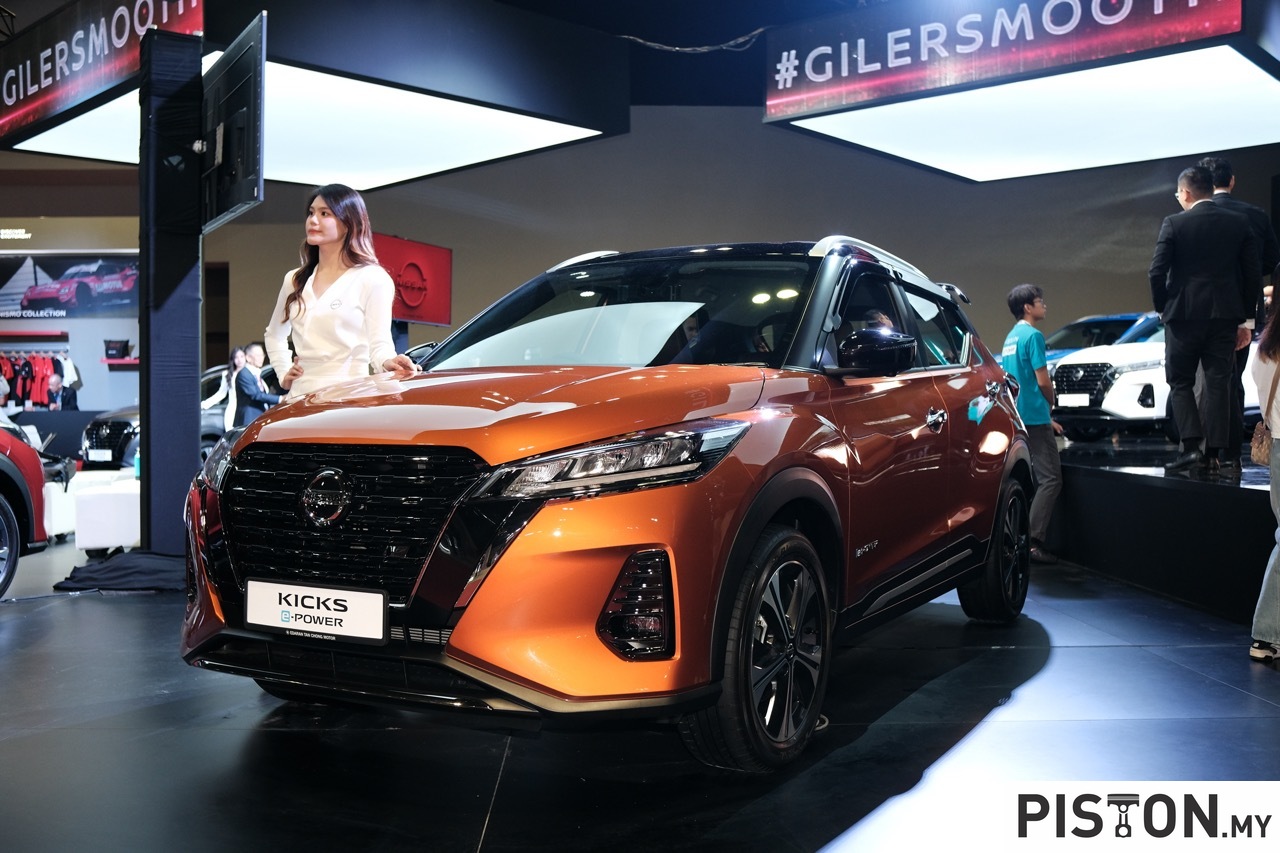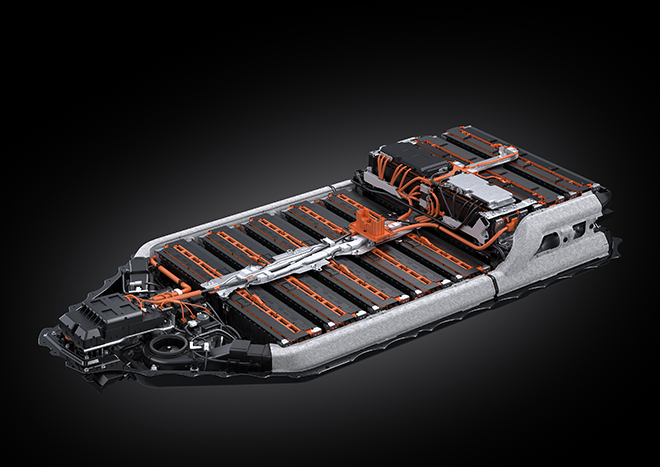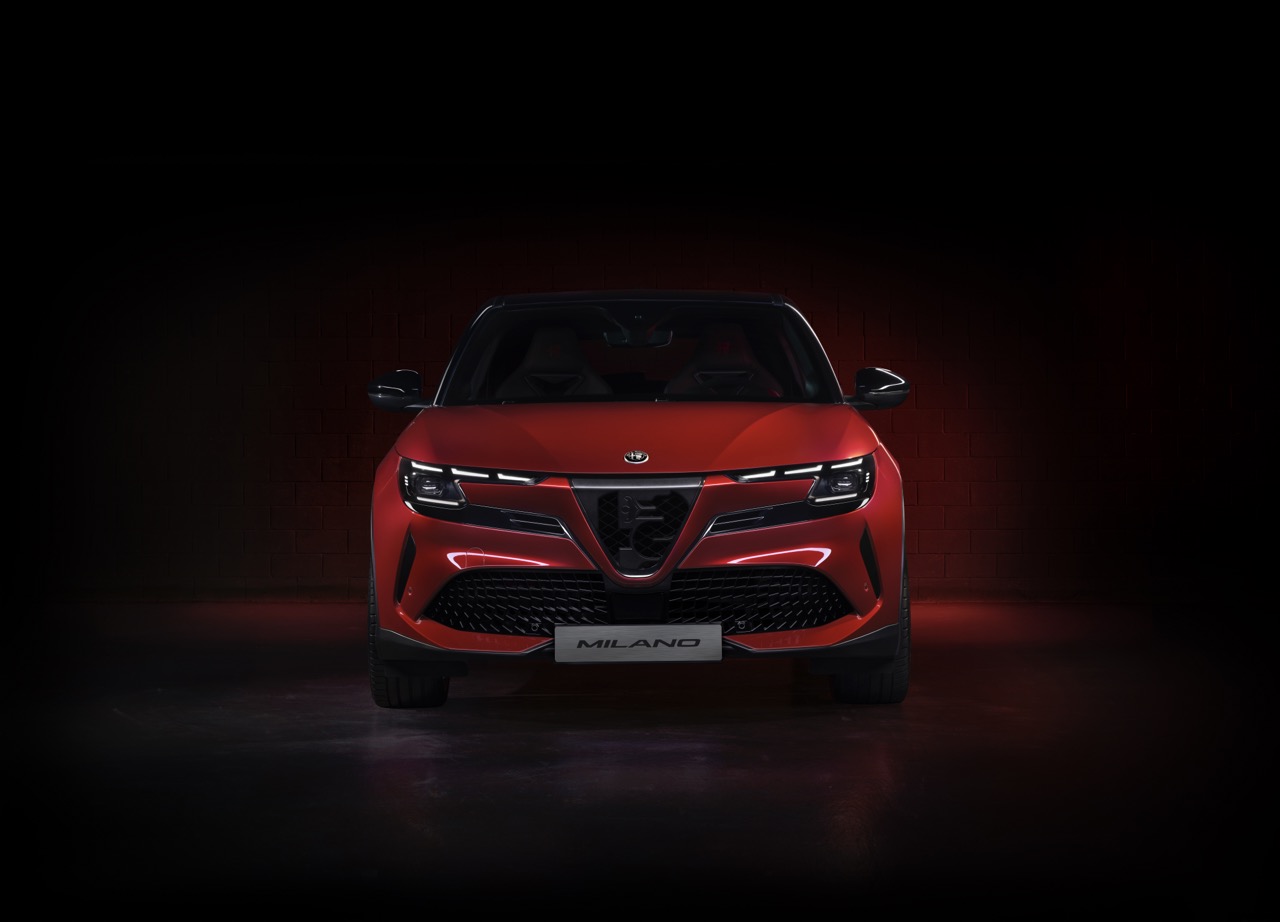BYD’s presence in Malaysia is stronger than ever with multiple options in their lineup for buyers. From electric hatchbacks to sedans and SUVs, they have it all. Just recently, Sime Motors, the official distributor of BYD vehicles in Malaysia, marked a milestone by expanding its comprehensive aftersales network to 21 service centres nationwide.
BYD announced a surge in sales for 2024, reflecting its growing dominance in both domestic and international markets. The company reported a 41.3% year-on-year increase, selling 4,272,145 vehicles compared to 3,024,417 units in 2023.
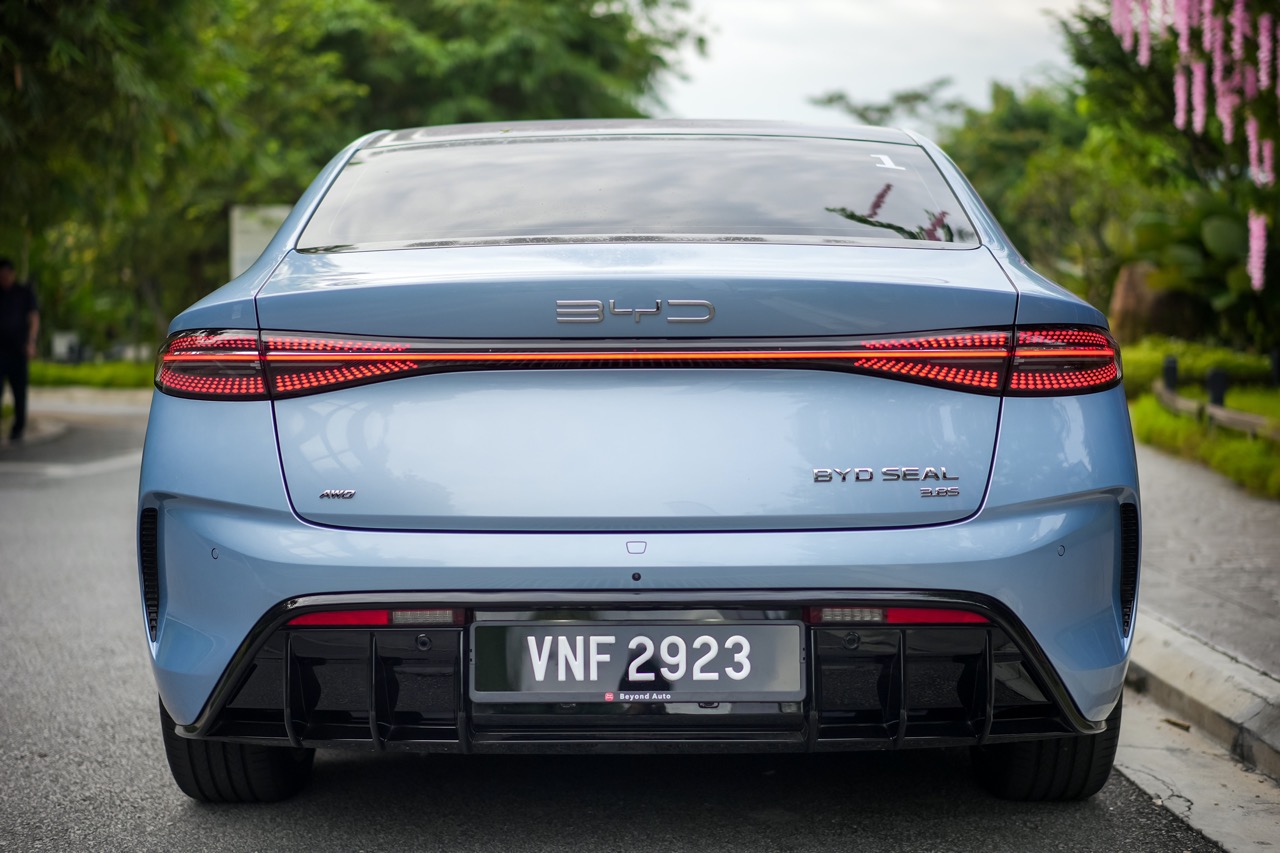
Sedans are fast becoming the most common type of cars seen around and are experiencing a resurgence in the automotive market, driven by a blend of innovation and evolving consumer preferences. Automakers in return are introducing sleeker designs, enhanced fuel efficiency, and advanced technology to appeal to modern buyers.
However, with the rise of electric and hybrid powertrains, sedans now offer eco-friendly options alongside traditional combustion engines. Their balanced performance, comfort, and affordability make them a practical choice for families and urban commuters alike. This renewed focus on sedans, coupled with competitive pricing, is contributing to steady growth in both established and emerging markets.
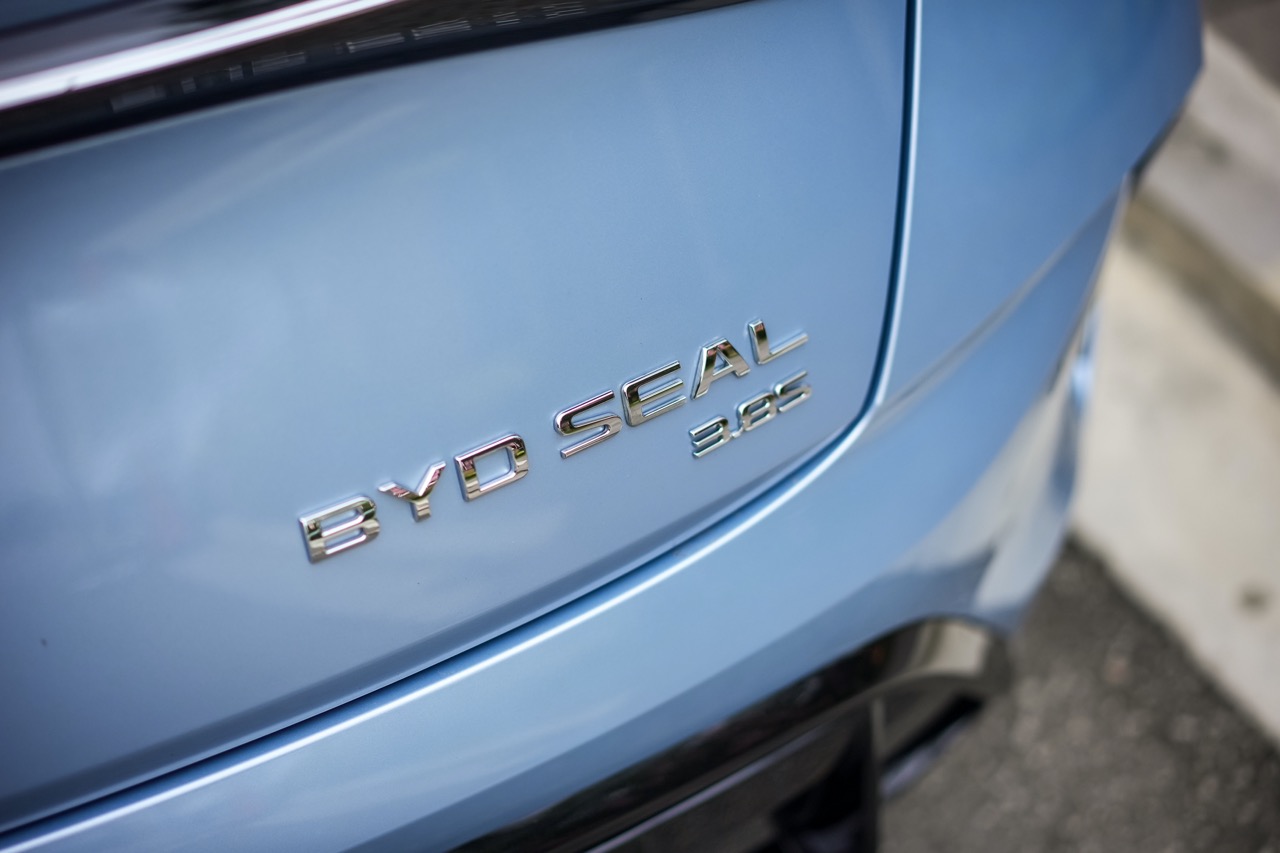
But what makes BYD so good? Are their offerings better than their competitor sedans out there? Well, we tested out the BYD Seal Performance variant and we can see why many are invested and interested in BYD’s offerings.
Sleek and Menacing Looks
Designed by Wolfgang Egger (former Audi designer), there is no doubt that the Seal looks good in every angle. Every line and curve blends in together giving it a masculine and dominating look on the roads. The LED headlights, daytime running lights and LED tail lights enhance its appearance and are meticulously designed with intricate details that come alive at night.
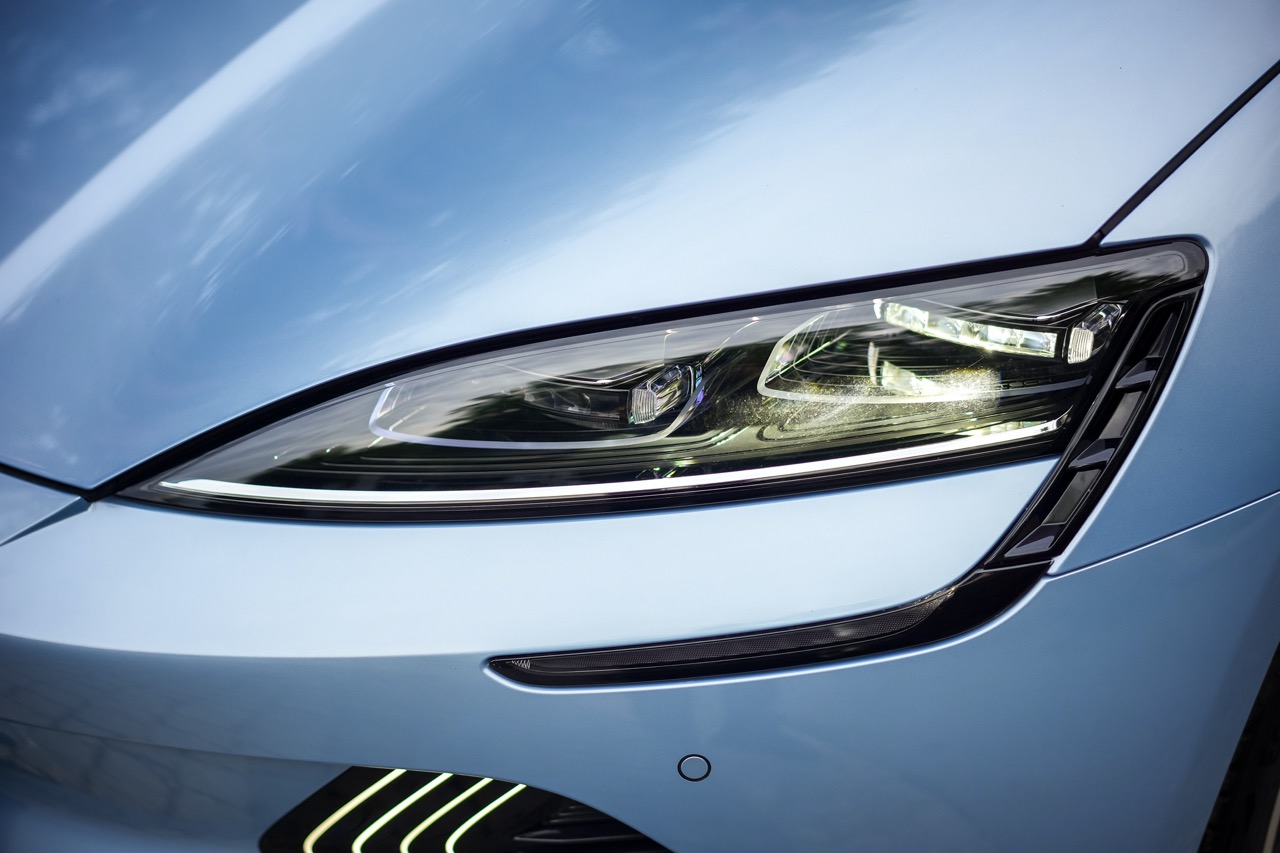
The BYD Seal Performance and the Tesla Model 3 share similar dimensions, but with some notable differences. Measuring 4,800mm in length with a 2,920mm wheelbase, the Seal Performance is 80mm longer and has a 45mm longer wheelbase than the Tesla Model 3, which measures 4,720mm in length with a 2,875mm wheelbase.
This slightly larger footprint contributes to better rear legroom in the Seal. In terms of cargo capacity, the BYD Seal offers a 400-litre boot and a 50-litre frunk, while the Tesla Model 3 provides a slightly larger 425-litre boot and a more spacious 88-litre frunk. Although the Seal’s narrow boot opening might pose challenges for loading bulkier items, it still offers a practical amount of storage.
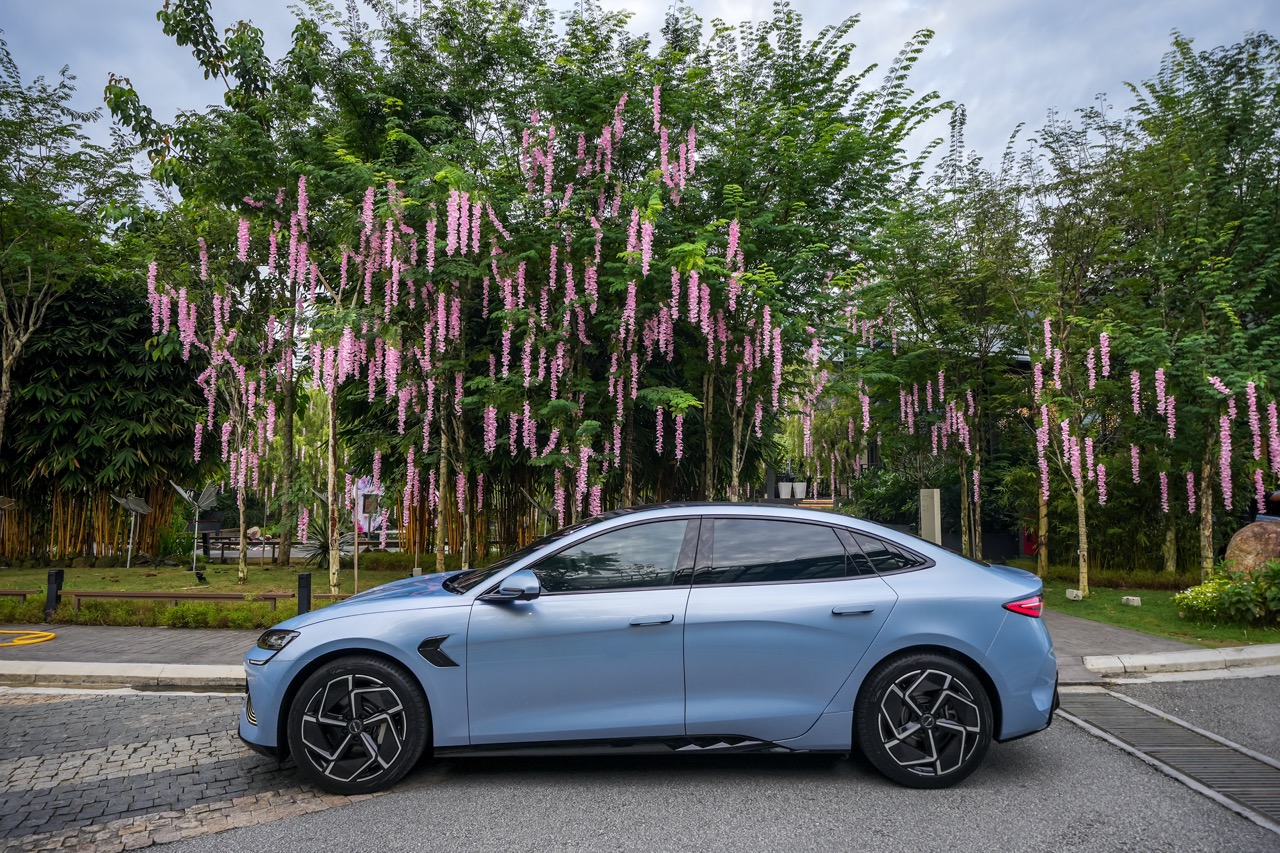
Interior: A Tech-Forward Sanctuary
Inside, the Seal Performance exudes luxury and innovation. The cabin is wrapped in premium leather, with ventilated and heated seats ensuring comfort in all conditions. The centrepiece is the 15.6-inch rotating touchscreen, which adds a futuristic flair to the infotainment system. Whether in portrait or landscape mode, the display is crisp and responsive, offering seamless access to navigation, entertainment, and vehicle settings. A 10.25-inch digital instrument cluster provides all essential driving information at a glance, while a 12-speaker Dynaudio sound system delivers crystal-clear audio.
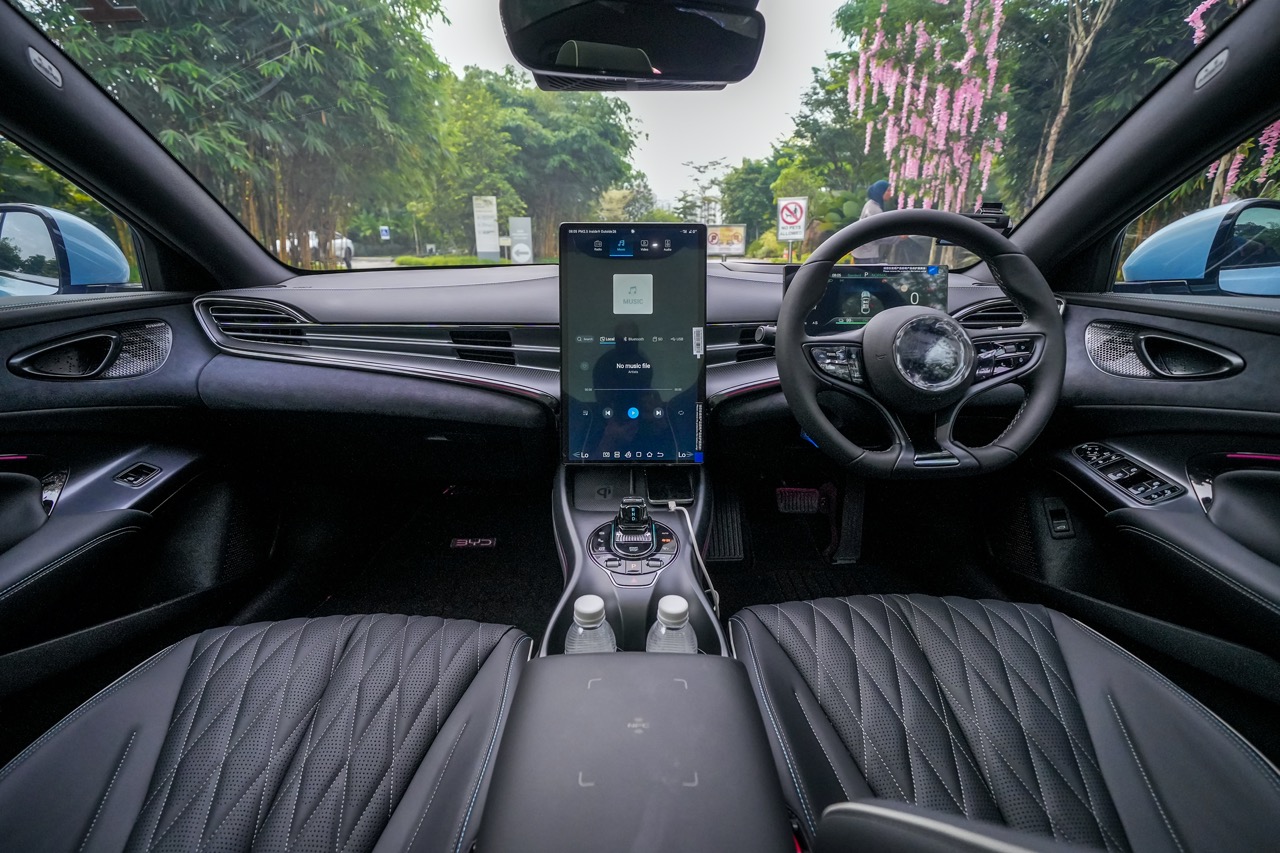
Dual-zone climate control with a PM2.5 air filtration system ensures a fresh and comfortable environment. However, the climate controls are rather annoying as they can only be accessed through the touchscreen and this is an inconvenience. Simple things such as knobs and vent controls should just be left the traditional way.
On the plus side, there are physical buttons for your preferred drive mode and volume control and the crystal gear shifter adds a touch of finesse.
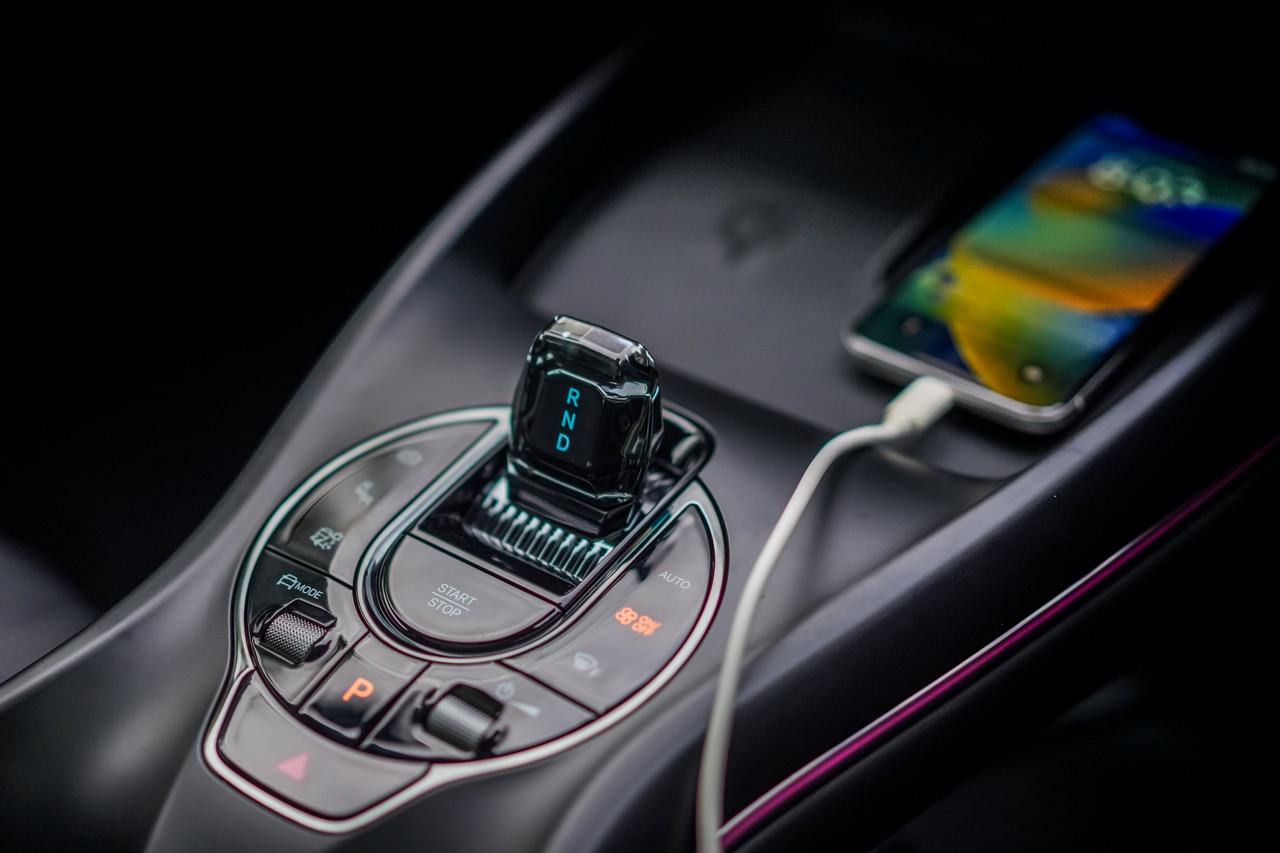
It also comes with wireless charging pads along with wired Apple CarPlay and wireless Android Auto connectivity which is easy to connect to so there are no complications for the less tech-savvy users.
The panoramic roof has UV-resistant glass and does a commendable job of keeping the cabin cool. We were driving around Sepang under the noon sun and did not really feel the heat.
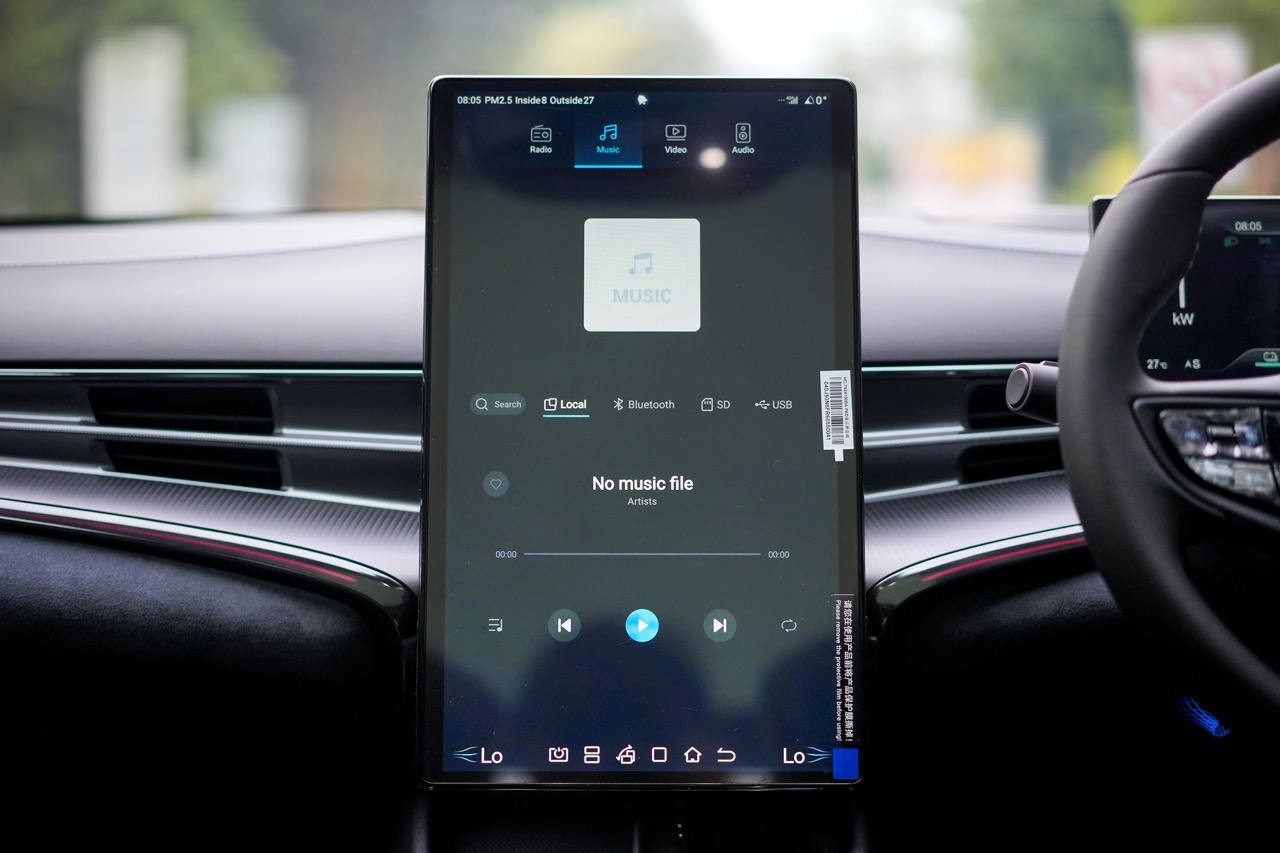
Performance: Unleashing Electrified Fury
At the core of the BYD Seal Performance lies its dual-motor, all-wheel-drive system, which generates an impressive 523hp and 670Nm of torque. This setup shoots the car from 0 to 100km/h in a mere 3.8 seconds, a figure that rivals some of the most iconic performance cars on the market.
The instant torque delivery from the electric motors ensures that every press of the accelerator is met with a surge of adrenaline, making overtaking and highway merging an absolute breeze. Despite its substantial 2,185 kg weight, the Seal Performance feels remarkably agile.
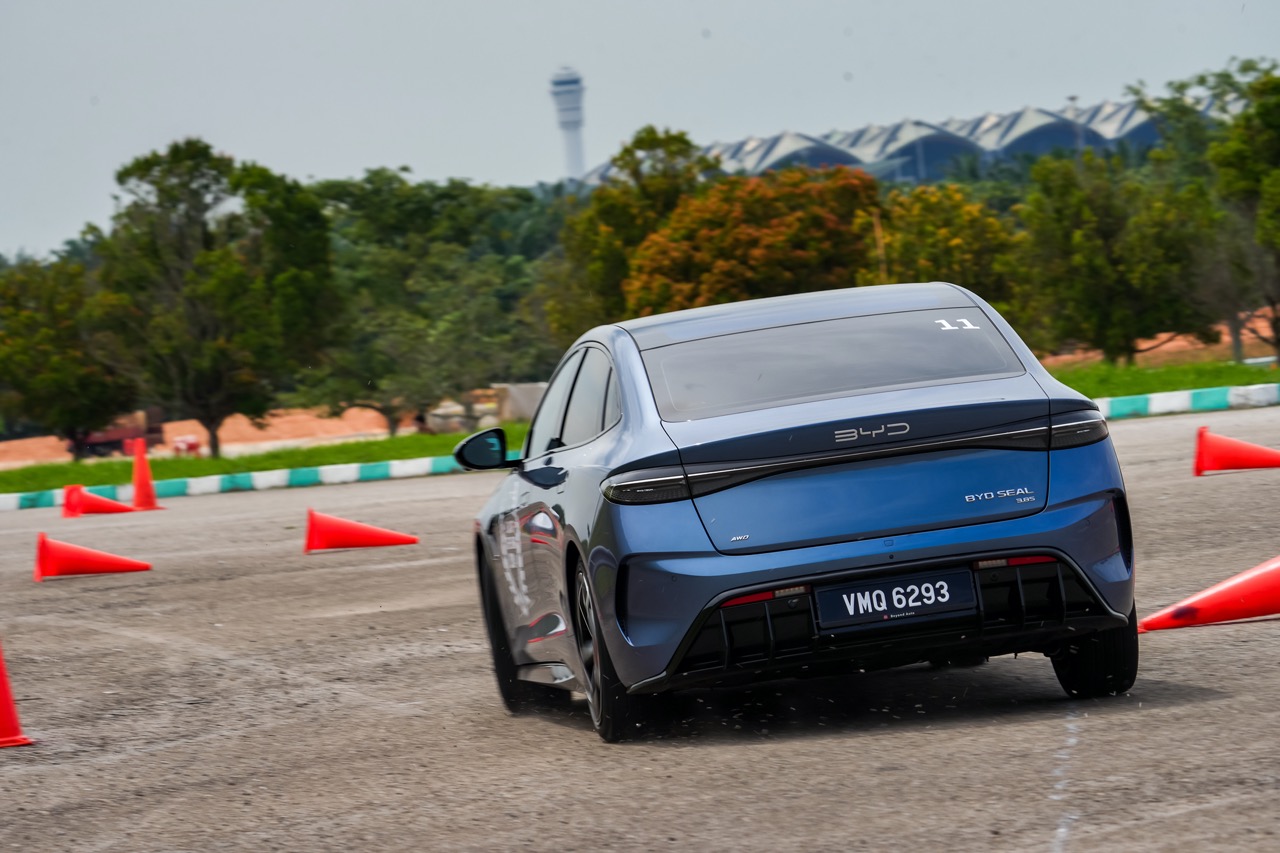
The suspension is finely tuned to balance comfort and dynamic handling, allowing the car to glide over imperfections while remaining composed during spirited driving. However, the regenerative braking system, while efficient, lacks the immediate feedback of traditional setups, requiring a slight adjustment in driving style.
However, there is an issue about the “Performance” variant that bugs me; a 180km/h electronic speed limiter. Yes, we know it is to preserve the battery life but shouldn’t a performance variant have a higher speed limit? This was a little frustrating as we were being overtaken by other cars which do not cost as much as the Seal Performace.
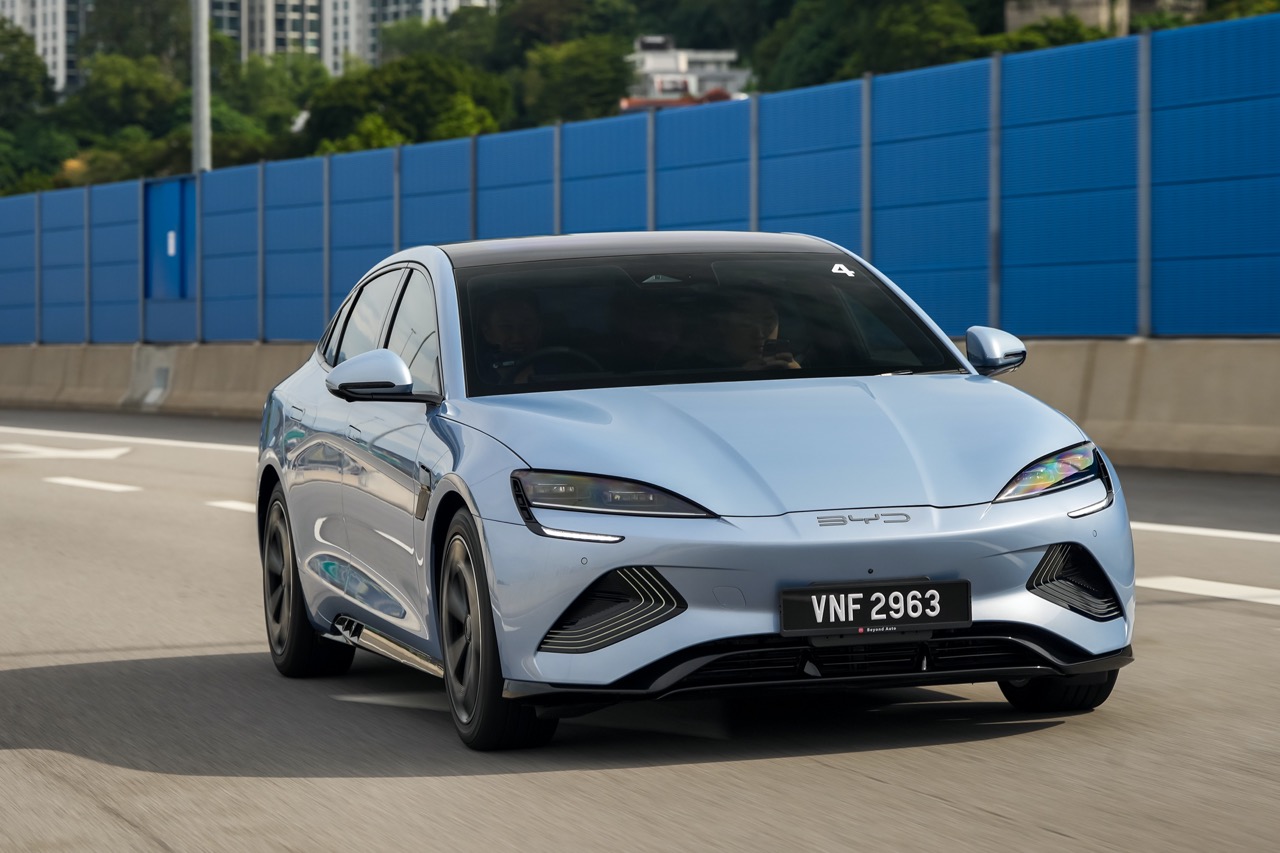
Range and Charging: Power Without Compromise
Equipped with an 82.5 kWh BYD Blade battery, the Seal Performance offers a 520km WLTP-rated range, ensuring that it’s exhilarating performance doesn’t come at the cost of practicality. Charging is equally impressive. A 7kW AC charger fully replenishes the battery in 15.2 hours, while a 150 kW DC fast charger can take the battery from 10% to 80% in just 37 minutes, making long-distance travel a stress-free affair.
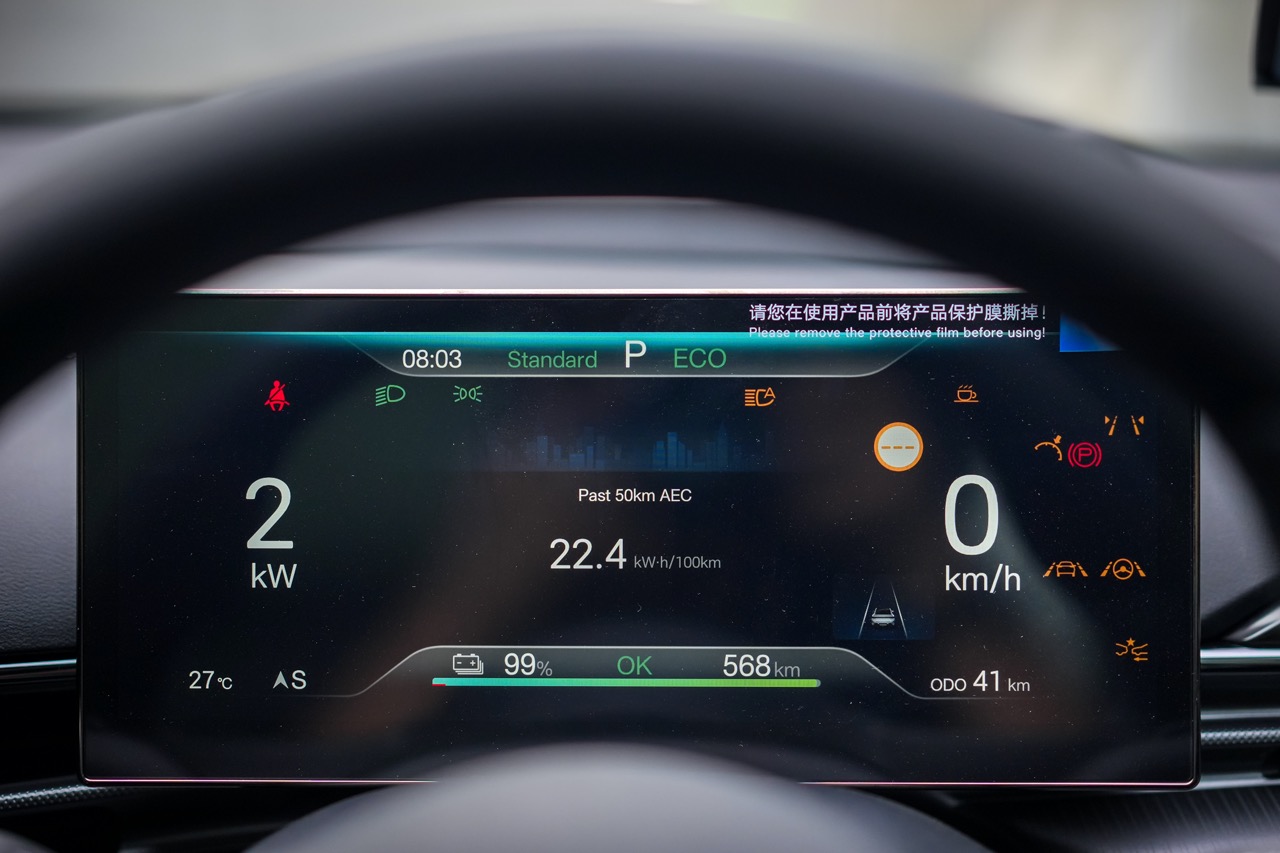
We travelled from Bamboo Hills KL to Putrajaya then to Sepang where we did at least eight rounds of a gymkhana challenge, then headed back to Bamboo Hills, all this with one charge! We still had 14% of battery remaining, which to me, is quite impressive.
Safety: Confidence on the Road
The Seal Performance is packed with advanced safety features, including nine airbags for comprehensive protection and a suite of driver-assistance systems such as adaptive cruise control, automatic emergency braking, and lane-keeping assist. A 360-degree camera provides a bird’s-eye view for easier manoeuvring.
These features are not as sensitive as other EVs out there, so it does not “take over” your steering wheel but rather help you keep your car in the lane. If you feel like a certain feature is not what you need, you can simply turn it off through the touchscreen.
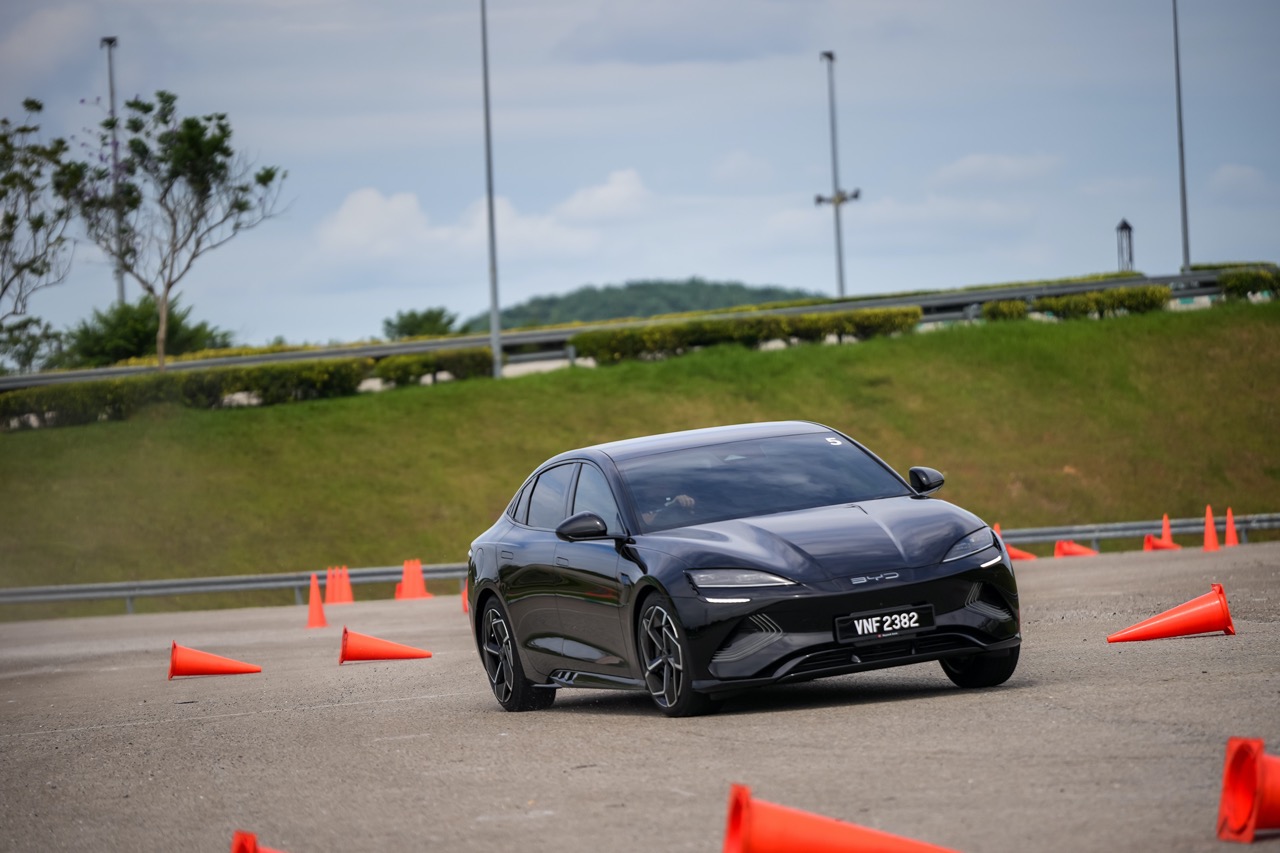
Priced at RM203,300, the BYD Seal Performance AWD is a game-changer in the premium EV segment. It combines jaw-dropping acceleration, a luxurious interior, and a design that’s both striking and functional. While there are minor drawbacks this is an exceptional package. For those seeking an electric vehicle that delivers heart-pounding performance without sacrificing everyday usability, the BYD Seal Performance is a compelling choice. It’s not just a car—it’s a statement.
Specifications:
Motors: Squirrel cage induction asynchronous motor (Front) Permanent magnet synchronous motor (Rear)
Battery: 82.56kWh BYD Blade
Power: 530PS
Torque: 670Nm
Charging: 7kW AC (15.2 hours) 150kW DC (37 minutes)
Range: 520km
0-100km/h: 3.8 seconds
Price (as tested): RM203,300
We like: The 0-100km/h dash
We don’t like: The 180km/h speed limit and climate controls


